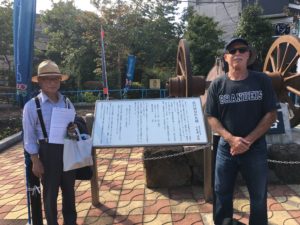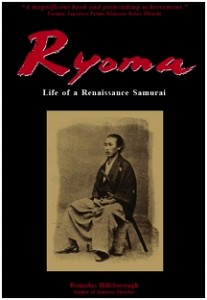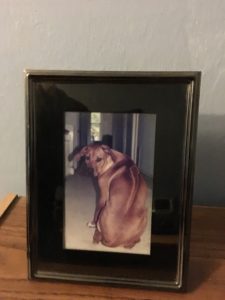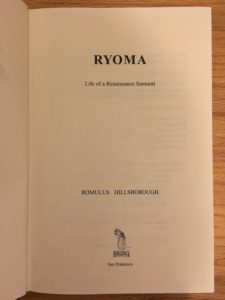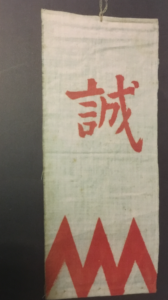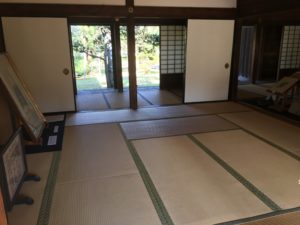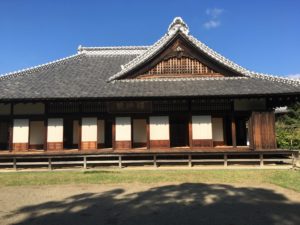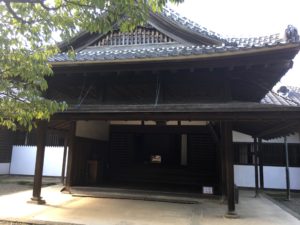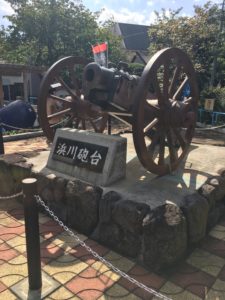
“Ryoma fans” at the annual gathering held in Tokyo last October visited Sakamoto Ryoma-related sites. Shinagawa was one of the destinations. Located there was Tosa’s residence at Samezu, where the retired daimyo of Tosa, Yamauchi Yodo, had lived for a number of years; and where Ryoma and other Tosa samurai had been stationed.
Kiyoharu Omino, the distinguished writer and scholar of Bakumatsu history, gave talks at Yodo’s nearby gravesite and at the reconstructed Hamakawa Battery of Tosa Han – whose eight guns would not have been able to hit Perry’s ships in Edo Bay in the summer of 19854 even if they had been fired. Ryoma, at age twenty at the time, received gunnery training at the Hamakawa Battery as a student of Sakuma Shozan, Mr. Omino wrote in the explanatory panel at the site.
